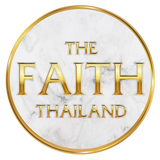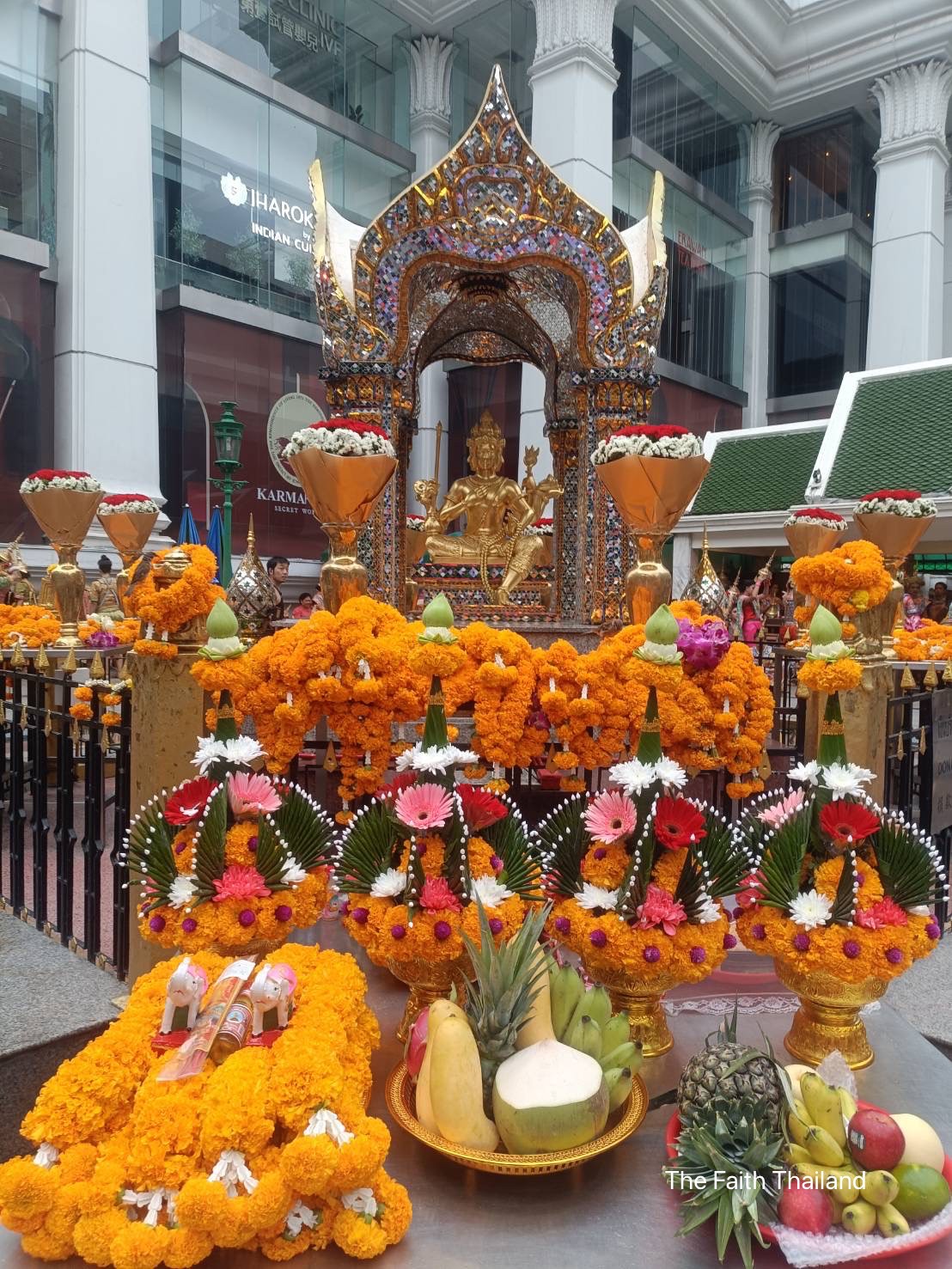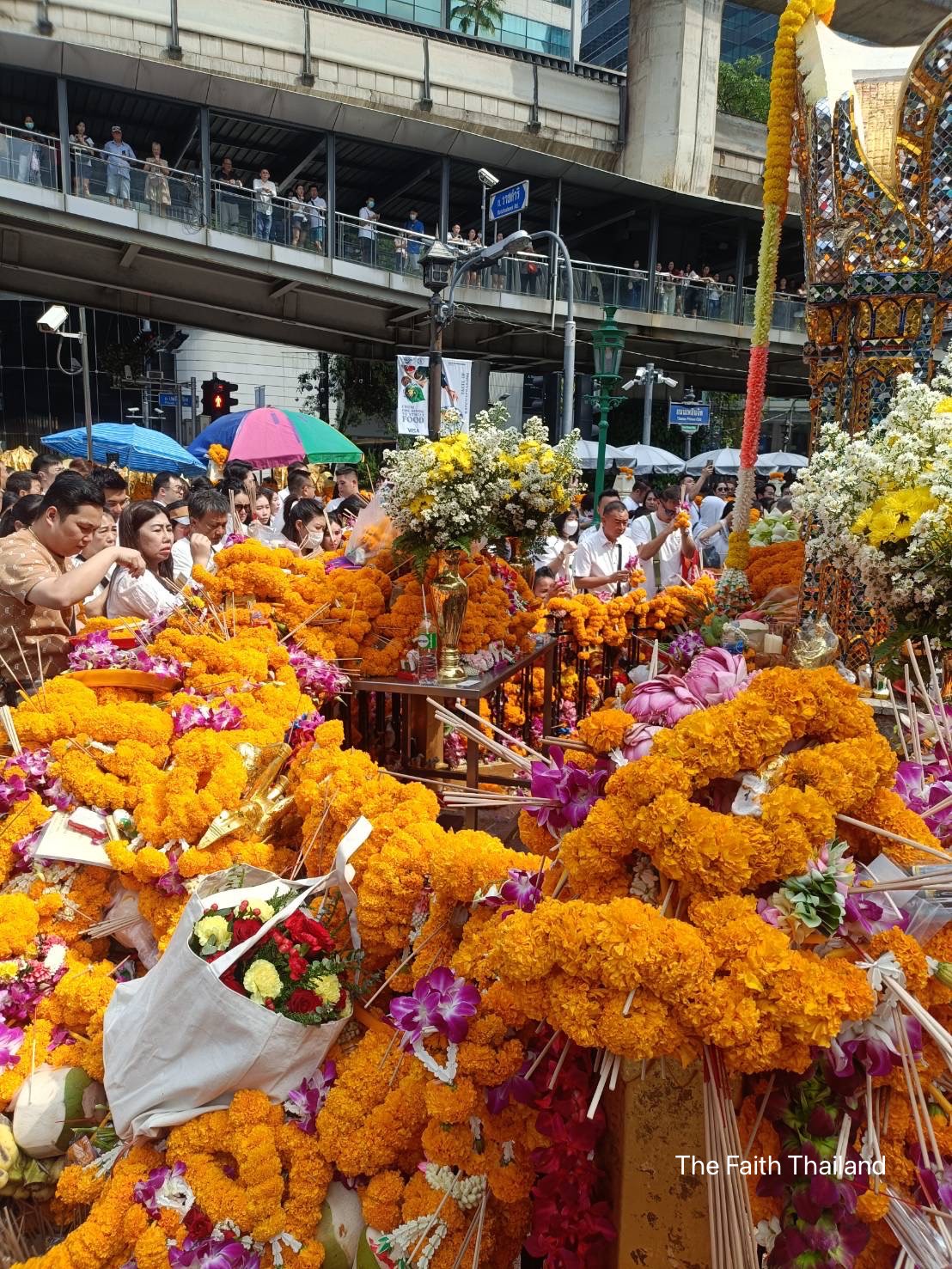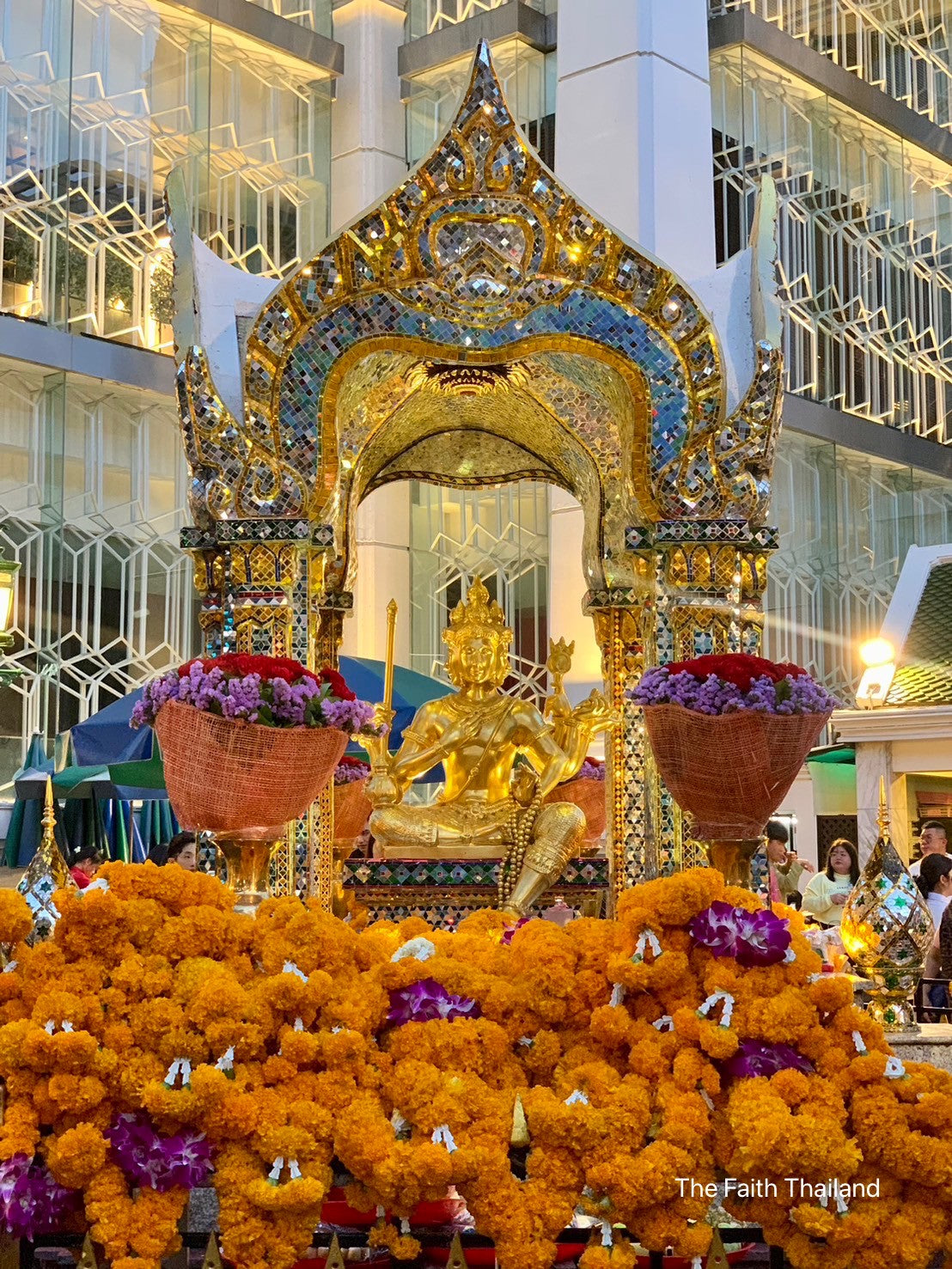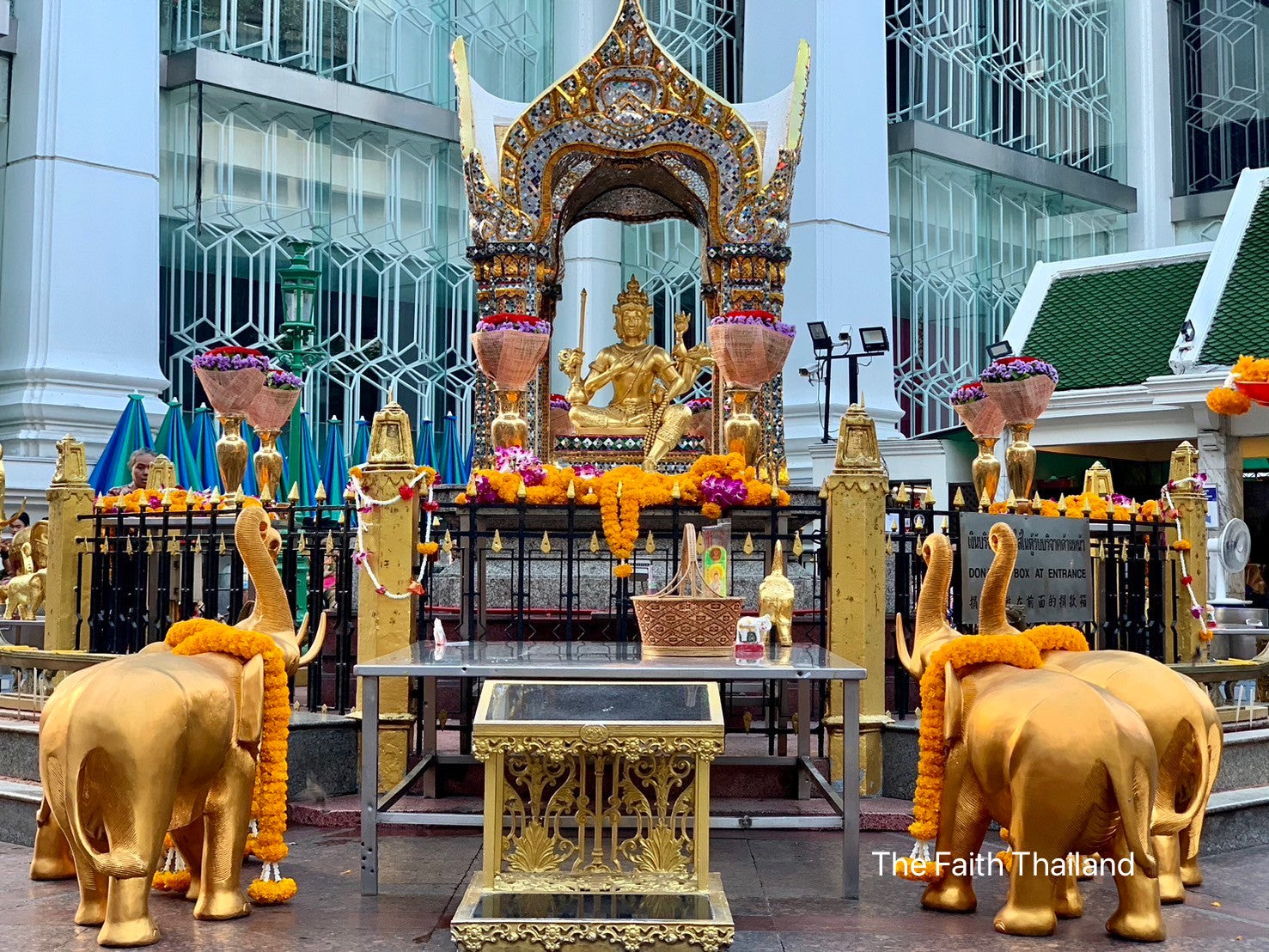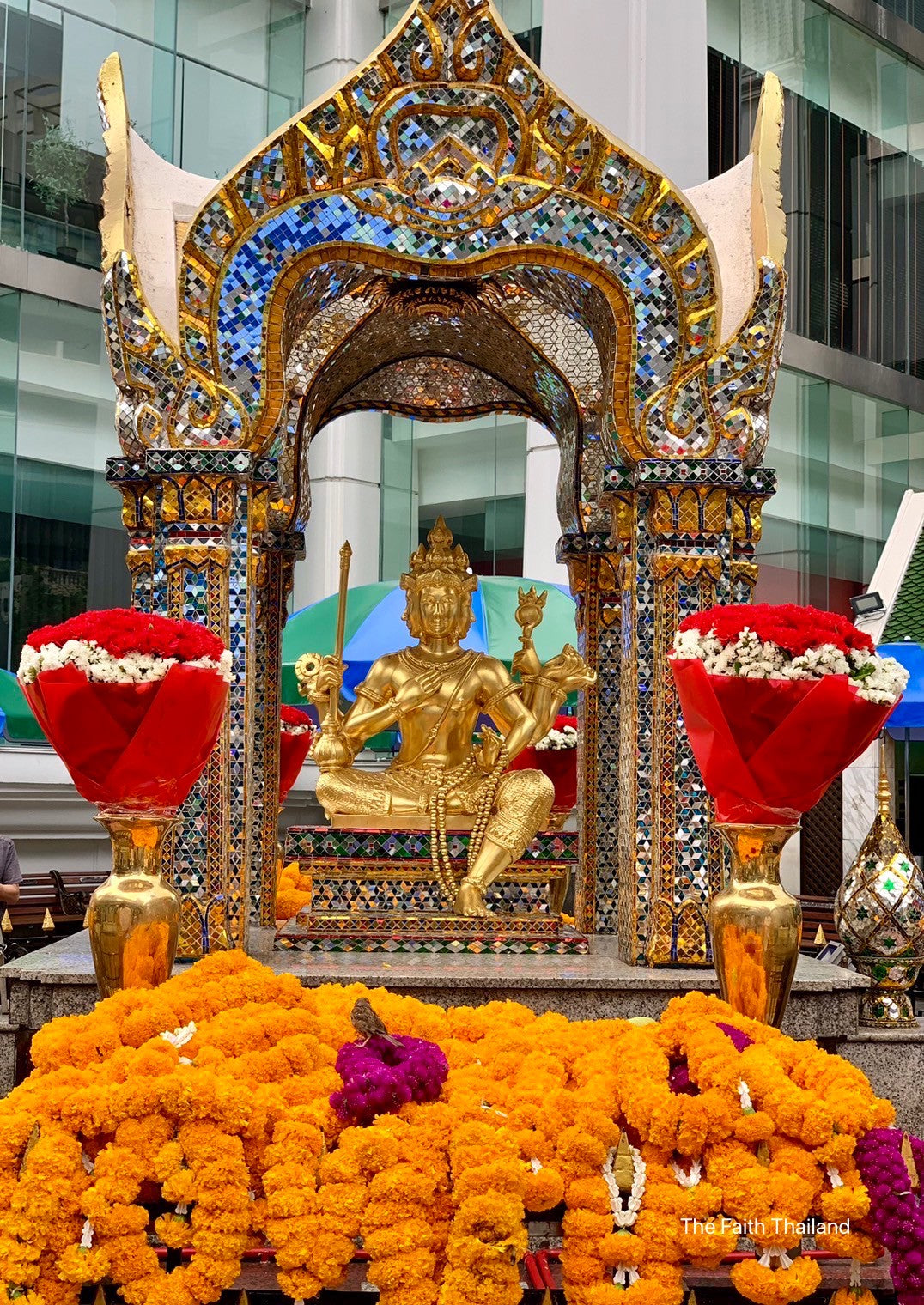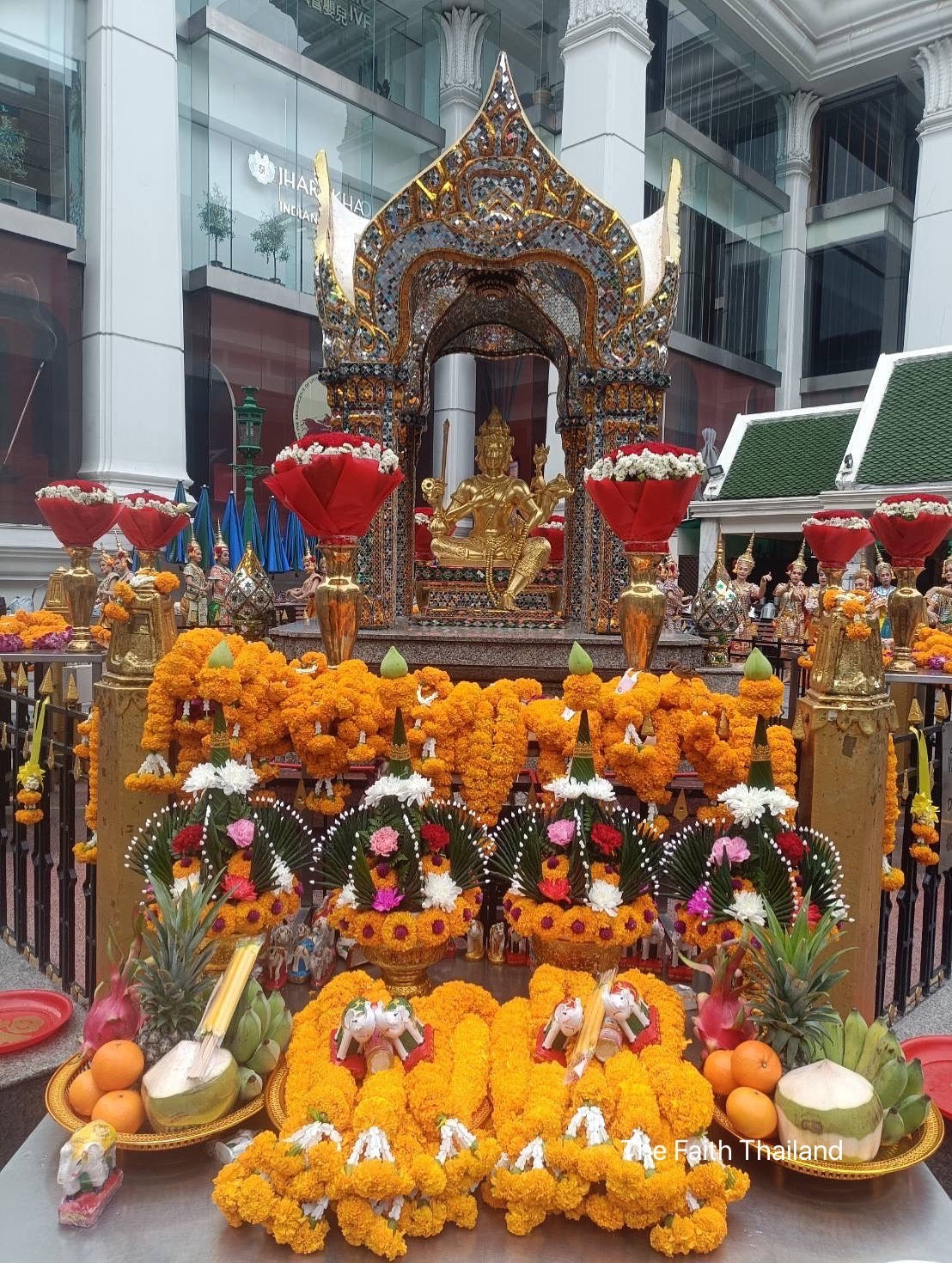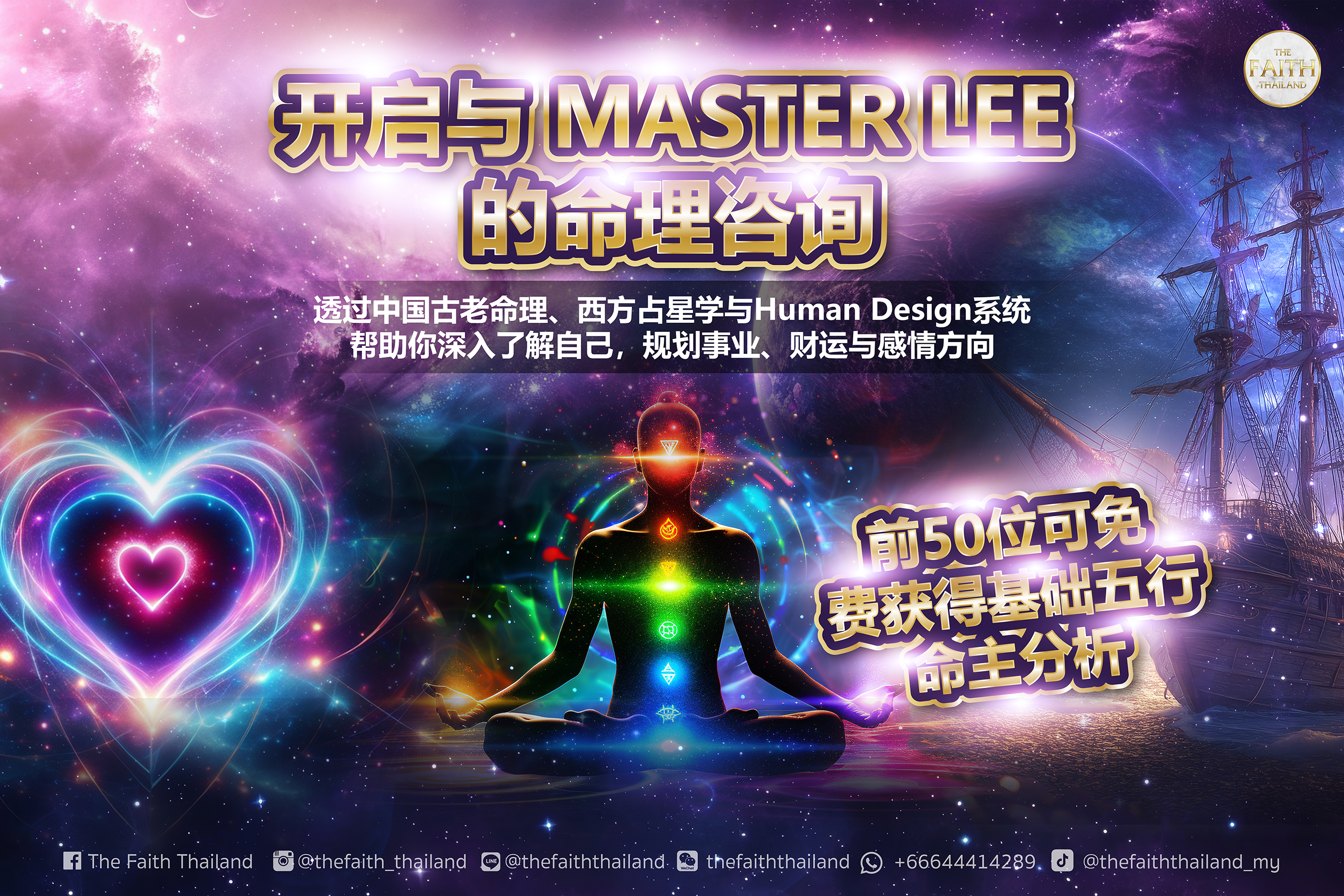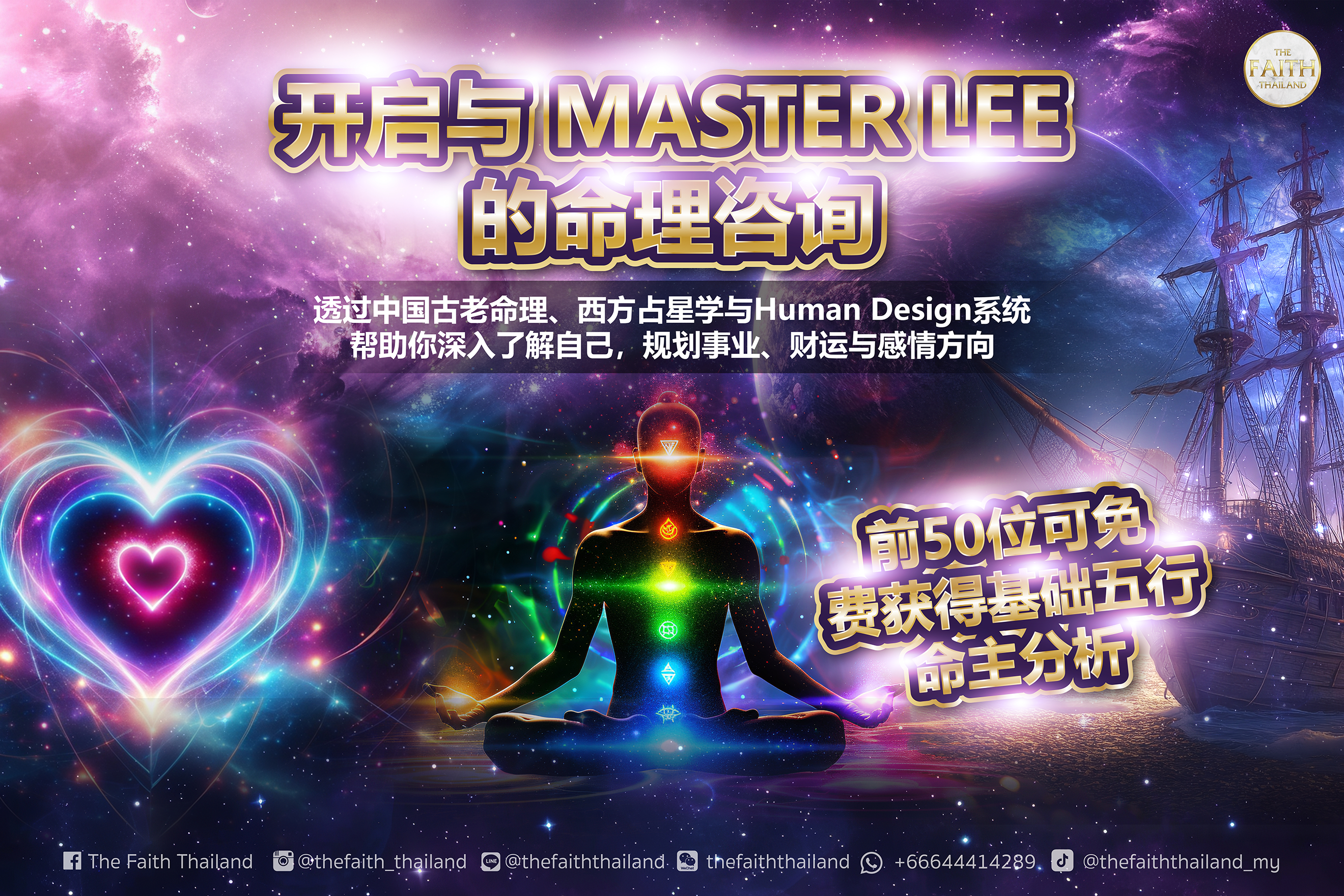A Children's Perspective on the Thai Erawan Festival: An Entertaining and Educational Cultural Journey
The Thai Erawan Festival is a festival full of sacred atmosphere and cultural significance. It is a great opportunity for families to have fun and learn, especially for children. This is not only a celebration of traditional festivals, but also a bridge for children to understand and experience Thai culture. From prayer ceremonies to festival parades, children can learn about culture from a variety of activities while spending precious time with their families.
The Four-Faced Buddha: The Story Behind the Festival
The Four-Faced Buddha, also known as "Brahma", is one of the most important gods in Thailand, symbolizing love, career, health and wealth. During the festival, the history and cultural stories of the Four-Faced Buddha are one of the core contents of children's learning. By telling these profound and attractive mythological stories, children can understand the meaning of prayers and the origin of the Thai people's devout belief in the Four-Faced Buddha.
Parents can refer to "The Four-Faced Buddha of Thailand: The Cultural Roots Behind the Supernatural Stories" in advance and learn about this cultural root with their children.
In the process of reading the story, parents can use picture books or other interesting forms to help children digest the information. In this way, children can not only recognize the lofty symbolic significance of the Four-Faced Buddha, but also cultivate interest and respect for foreign cultures.
Family-friendly festivals
During the Erawan Shrine Festival, there are many activities suitable for families, especially children. For example, the colorful traditional costumes, handicrafts and Thai desserts in the festival market can stimulate children's senses and curiosity. In addition, the festival activities are usually accompanied by traditional dances and music. Children can not only watch, but also join in and feel the festive atmosphere.
To experience the culture more deeply with your children, parents can take them to participate in the prayer ceremony. At the Erawan Shrine in Bangkok, you will find a solemn and warm environment suitable for the whole family to experience. Before visiting the temple, you may wish to refer to the "Traveler's Guide: Analysis of Thai Buddha Cultural Etiquette" to understand the etiquette and cultural taboos of Thailand in advance, so that children can learn to respect other cultures.

DIY Activities: Keep the Holiday Spirit at Home
If you can’t attend the festival in person, you can also make crafts related to the Four-Faced Buddha at home with your children. This is not only a handicraft activity, but also a way to integrate festival culture into daily life. For example, teach your children to create a mini Four-Faced Buddha altar, or make holiday cards together. You can refer to "Incorporating Four-Faced Buddha Blessings into Family New Year Celebrations: Tips and Suggestions" for more ideas and inspiration.

Through DIY activities, children can not only develop manual skills, but also understand the spiritual values represented by the Four-Faced Buddha. This is the key to combining education with entertainment.
Cultivate children's cultural awareness through festival travel
The Erawan Shrine Festival is also a great opportunity for parents to cultivate their children's cultural awareness. Take your children with you on a trip to Thailand and explore iconic cultural sites, including the Erawan Shrine in Bangkok. This is not only a relaxing family trip, but also a cultural enlightenment. The venues are usually designed to be child-friendly, providing a safe and fun environment.
If your child is interested in praying for academic success, you can arrange a special trip to the Erawan Shrine. Refer to "How to Experience a Real Academic Prayer at the Erawan Shrine in Bangkok" and the whole family can make a wish for future planning together, injecting a driving force of faith into the child's academic career.

Conclusion: Creating an unforgettable cultural journey for children
Through the Erawan Shrine Festival, families can not only deepen their connections with each other, but also plant the seeds of cultural awareness in their children. Whether you participate in the festival through travel or do DIY craft activities with your children at home, you can make the experience more meaningful.
If you need to find a special Thai souvenir or cultural product for your prayer, please visit our product list page to shop for exquisite items suitable for families and children.
Bring your children to experience the unique cultural atmosphere of the Four-Faced Buddha and add a different color to their childhood memories!
A Children's Perspective on Thailand's Four-Faced Buddha Festival: An Educational and Entertaining Cultural Journey
The Thailand Four-Faced Buddha Festival is a celebration filled with sacred atmosphere and cultural significance. For families, it's an excellent opportunity to educate and entertain, especially for children. It's not just a celebration of a traditional festival but also a bridge guiding children to understand and experience Thai culture. From wish-making ceremonies to festive parades, children can learn about culture through a variety of colorful activities while spending precious time with family.
Four-Faced Buddha: The Story Behind the Festival
The Four-Faced Buddha, also known as 'Brahma,' is one of the most important deities in Thailand, symbolizing love, career, health, and wealth. During the festival, the history and cultural stories of the Four-Faced Buddha are key content for children to learn. By telling these profound and engaging mythological stories, children can understand the meaning of prayer and the origins of the Thai people's devout faith in the Four-Faced Buddha.
Parents can refer in advance to "The Cultural Roots Behind the Mystical Stories of Thailand's Four-Faced Buddha" to learn about the cultural roots with their children.
While reading the stories, parents can use picture books or other fun forms to help children digest the information. In this way, children can not only recognize the noble symbolic significance of the Four-Faced Buddha but also develop an interest and respect for foreign cultures.
Family-Friendly Festival Activities
During the Four-Faced Buddha Festival, there are many activities suitable for families, especially children, to participate in. For example, the colorful traditional costumes, handicrafts, and Thai desserts in the festival markets can all stimulate children's senses and curiosity. In addition, festive activities are usually accompanied by traditional dance and music, which children can not only watch but also join in to feel the festive atmosphere.
To experience the culture more deeply with children, parents can bring them to participate in wish-making ceremonies. At the Four-Faced Buddha Temple in Bangkok, you'll find a solemn yet warm environment suitable for the whole family to experience. Before visiting the temple, refer to "Traveler's Guide: Understanding Thai Worship Culture and Etiquette" to learn in advance about Thai etiquette and cultural taboos, so children can learn to respect other cultures.

DIY Activities: Passing Down the Festival Spirit at Home
If you can't be present at the festival, you can also engage with children at home in making crafts related to the Four-Faced Buddha. Not only is it a handicraft activity, but it's also a way to incorporate the festival culture into daily life. For example, teach children to create mini Four-Faced Buddha altars or make festival cards together. You can refer to "Incorporating Four-Faced Buddha Blessings into Family New Year Celebrations: Tips and Suggestions" for more creative ideas and inspiration.

Through DIY activities, children can not only develop their handicraft skills but also understand the spiritual values represented by the Four-Faced Buddha. This is the essence of education through entertainment.
Cultivating Children's Cultural Awareness Through Festival Travel
The Four-Faced Buddha Festival celebration is also an excellent opportunity for parents to cultivate their children's cultural awareness. Taking children to explore iconic cultural landmarks, including the Four-Faced Buddha in Bangkok, during a trip to Thailand, provides not only a relaxing family trip but also a cultural enlightenment. The visiting sites are often designed to be child-friendly, offering a safe and interesting environment.
If your child is interested in academic prayer, you can specially arrange an experience at the Four-Faced Buddha. Refer to "How to Experience True Academic Prayers at Bangkok's Four-Faced Buddha" , and the whole family can make wishes for future planning, injecting a sense of faith into the child's academic journey.

Conclusion: Creating an Unforgettable Cultural Journey for Children
Through the Four-Faced Buddha Festival celebration, families can not only deepen their connection with each other but also sow a seed of cultural awareness in their children's hearts. Whether you participate in the festival through travel or engage in DIY craft activities with children at home, you can make this experience more meaningful.
If you need to find special Thai souvenirs or cultural products for prayers, feel free to visit our product listing page to purchase exquisite items suitable for families and children.
Explore the unique cultural atmosphere of the Four-Faced Buddha with your children and add a unique color to their childhood memories!
